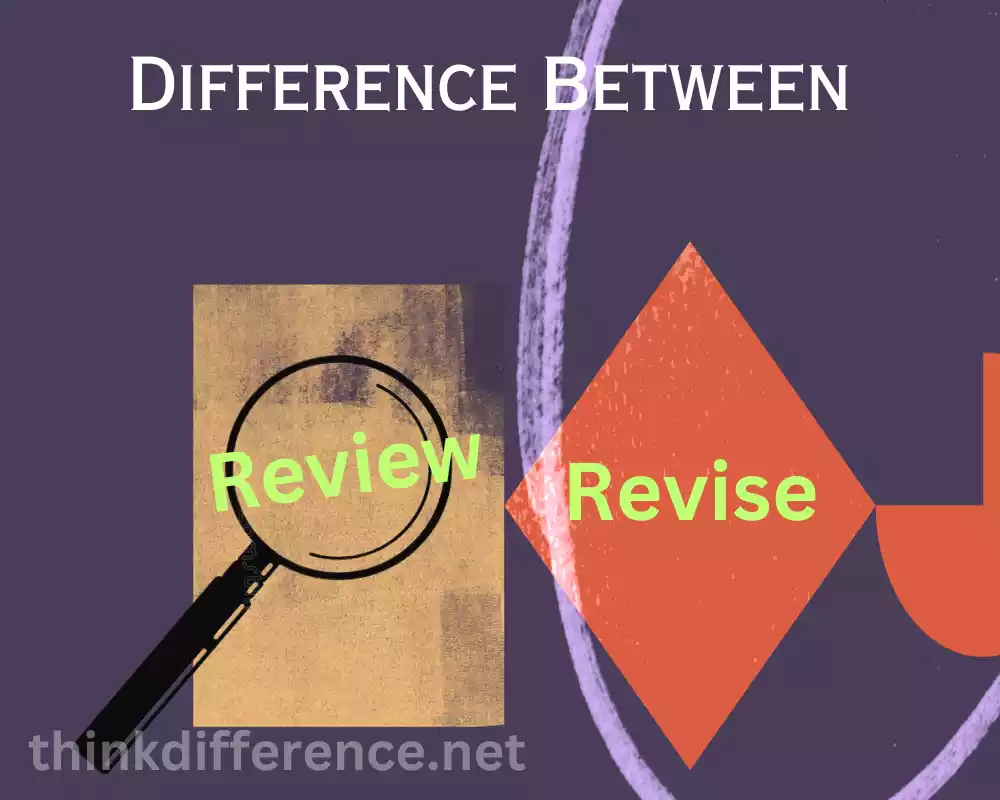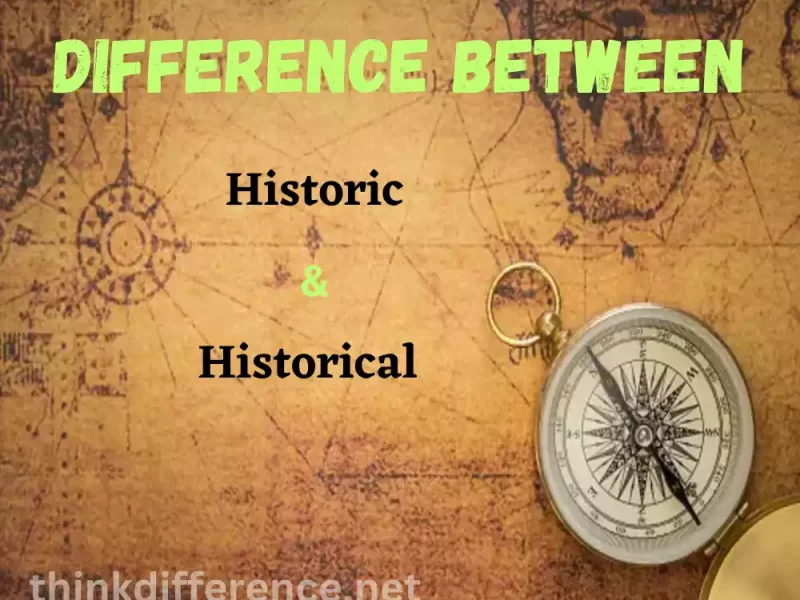Explanation of Review and Revise
Reviewing documents involves critically analyzing them to ensure their accuracy, coherence, and quality. A thorough document review requires scrutinizing its content, structure, and grammar and checking for inaccuracies or discrepancies that need correcting; review also improves readability and clarity by helping identify errors quickly and eliminating inconsistencies from readability.
Reviewers consider factors like grammar, language usage, style guidelines, coherence of paragraphs/sections/and references (if relevant) in their assessment of work. Reviewing typically is done by someone other than its author – such as an editor or peer reviewer who brings fresh eyes and constructive advice into account when reviewing something written by its creator.
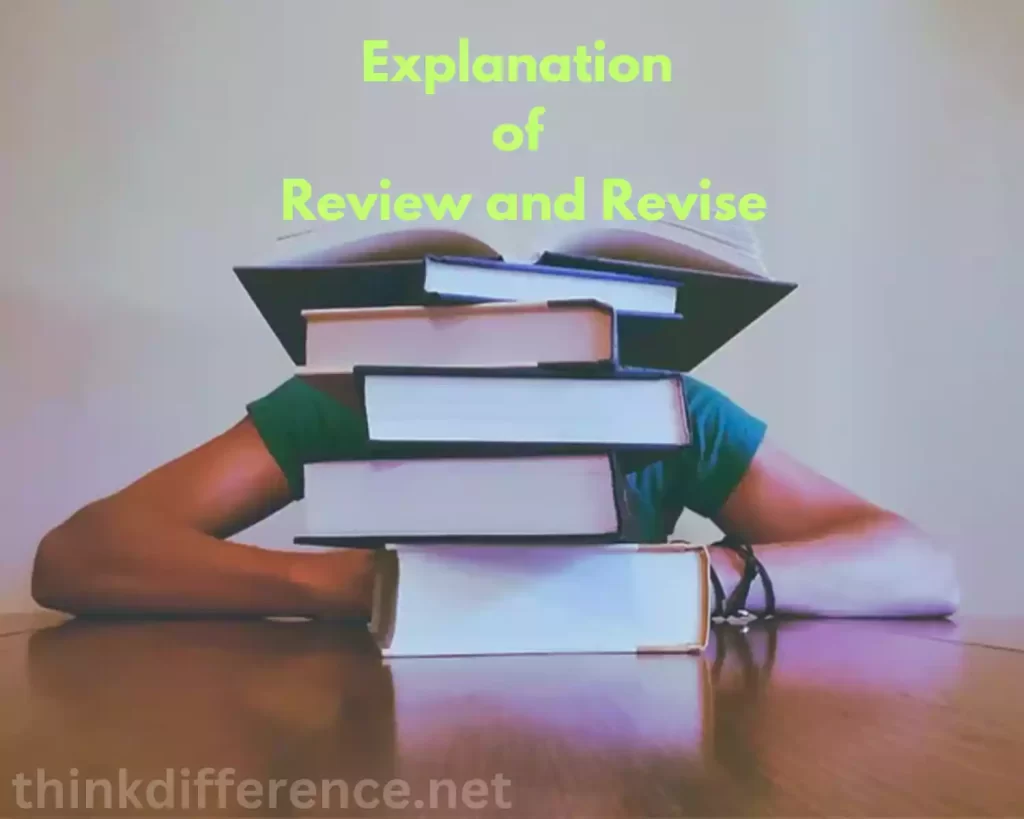
Revision refers to any process which makes significant modifications to content, language, or structure of an essay or piece of writing. Revision extends beyond proofreading and minor edits by restructuring material that needs revising for greater clarity, coherence, and organization in your document.
A writer must consider many elements when revising, such as its logical flow and arguments’ strength; relevance of supporting evidence; introductions and conclusions, overall structure and flow as well as revision. Revision may involve rewriting paragraphs, restructuring sections or adding information or deleting some; subtracting some, and revising phrases so clarity improves; this step ensures the final version effectively conveys intended messages.
Review and Revise are closely interconnected steps of the writing process, they differ considerably in terms of their goals and degree of change. While reviewing tends to concentrate on the technical details of documents, revision entails restructuring their contents to be more impactful and engaging for readers.
Definition of Review and Revise
Review: Review is the act of carefully inspecting and evaluating documents to locate errors, inconsistencies and areas for improvement. A review can include inspecting content, structure, and grammar to analyze for mistakes that need correcting; or verifying facts by following style guides, providing feedback, or giving comments regarding the organization of a document.
Revise: Revision is the practice of making substantial alterations to a document to enhance its language, content, or structure. Revision goes beyond simple edits or rewordings and involves more extensive adjustments that go beyond simply editing or rewordings.
Rather it entails restructuring thoughts, clarifying arguments, and strengthening the effectiveness of text through adding or subtracting information, restructuring sections/paragraphs or even simply rewording phrases for greater clarity and precision. Revising is an integral component of writing; its presence ensures that readers receive what was intended from each final document they read it.
What is Review?
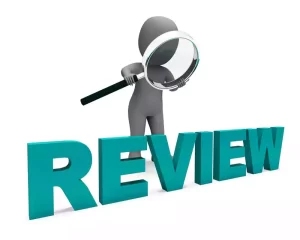
Review is the process of closely inspecting and assessing written documents to evaluate their quality, correctness, and overall effectiveness. A review involves carefully considering all aspects of the text such as grammar, spelling, punctuation, style coherence clarity. Aims: to detect and correct errors such as inconsistencies and weaknesses within them with the ultimate aim to increase readability impact by improving readability.
Reviewers analyze document content to ensure it aligns with its purpose and message, such as checking for logical flow and coherence – making sure ideas are presented logically and coherently – while reviewing also involves checking grammar usage, vocabulary use, and style throughout the text to ensure proper language usage as well as verifying facts or references so the document is well supported and accurate.
Review processes may be conducted by various individuals such as editors, proofreaders, or peers. Their role is to offer constructive feedback and suggestions for improvement based on their expertise and the specific requirements of a document. Review is an integral component of writing that ensures it satisfies desired standards while effectively conveying messages to its intended audiences.
What is Revise?
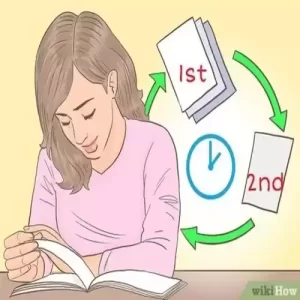
Revising is the act of making significant modifications to a document’s structure, content, or language that drastically enhance its value compared to minor edits or proofreading services. Revision offers comprehensive improvement as opposed to minor adjustments alone.
At this phase, writers carefully evaluate existing content to improve its clarity, coherence, and organization. Sometimes it may be necessary to reconsider the arguments presented, rearrange the structure of text accordingly, strengthen logical flow, or refine language use to make their writing more readable and effective.
Writers can add, remove or rearrange content as necessary to make sure it remains accurate, relevant, & supports their message. The structural revision focuses on document layouts such as paragraph order and section structure as well as introduction/conclusion paragraphs/sentence order etc; language revision improves language, sentence structure, and grammar for greater clarity & precision in each document.
Revision involves reflection and careful evaluation of each document’s strengths and weaknesses. Text may often undergo multiple iterations processes until its message reaches the intended recipient(s).
Revision is an integral step of writing. It helps refine and polish an initial draft to produce a document that fully expresses both the writer’s thoughts and intentions.
Differences between Review and Revise
The differences between review and revision can be summarized as follows:
Objective:
- Review: An evaluation aims at gauging the quality, correctness, and effectiveness of written documents to detect mistakes, inconsistencies, or areas requiring improvements. It enables readers to pinpoint mistakes as well as potential areas that need work or enhancement.
- Revise: To revise means making significant modifications or additions to a document to enhance its content, language, or structure – this often necessitates completely restructuring it in an attempt to bring out its best aspects and improve upon them.
Scope:
- Review: When conducting reviews, our primary emphasis lies on technical elements like grammar and spelling errors, punctuation issues, and formatting standards being observed as well as accuracy, clarity, and adherence to standards.
- Revise: Revising involves an in-depth evaluation of content, structure, and language to reorganize thoughts, improve logic flow and strengthen arguments while increasing the readability and effectivity of your writing piece.
Depth of Changes:
- Review: Reviews include minor edits, corrections, and proofreading to enhance existing content by correcting minor surface issues and guaranteeing consistency.
- Revise: Revision involves making more significant modifications to a document. This may involve revising paragraphs, adding or deleting content, rearranging them, and reframing sentences to improve the clarity, coherence, and effectiveness of your writing.
Timing:
- Review: Once a draft has been written and polished up to its completion, reviewers who are not associated with the author (such as editors or peer reviewers ) review it to offer feedback and offer improvements for further revision.
- Revise: Revising is possible at any stage in the writing process and usually falls upon the author themselves to revise and refine his/her work.
Focus:
- Review: When performing reviews, attention must be given to technical accuracy, compliance with guidelines, and document quality. The review ensures that documents conform to established standards without errors being present.
- Revise: Revision is intended to enhance the substance and structure of a document by increasing impact, coherence, and structure as well as content.
Revision involves significant alterations of content, language, and structure that enhance effectiveness in final documents. Both processes play a vital part in the writing process – each serving its specific function to enhance the final pieces.
When to Use Review and When to Use Revise
Based on your specific goals and needs for writing documents, revising or reviewing is either appropriate or unnecessary. Here are some guidelines as to when either option should be employed:
Use Review when:
- Polishing and error-checking: Review allows you to polish and check for errors such as spelling, grammar, and punctuation to ensure the document adheres to existing style guidelines and is free from surface-level mistakes.
- Adhering to guidelines: Reviewing documents to ensure they comply with specific criteria is often beneficial; for instance, academic or professional guidelines. Doing this ensures the document adheres to formatting, citation, and referencing rules as per any requirements set.
- Clarity and coherence: Review is useful when assessing the overall coherence and clarity of your document, helping identify areas with a lack of cohesion or organization in it.
- Feedback and input: Collect feedback and accept constructive criticism as this provides new perspectives that could enhance both the quality and effectiveness of your document.
Use Revise when:
- Significant Content Changes: Revision is your go-to when looking to make significant modifications, like restructuring ideas and arguments or including additional information in a document. Revision enhances both its message and relevance while strengthening message relevance and message delivery.
- Structure and Organization Improvements: If you wish to strengthen the structure and organization of a document, revising will likely be required. This means rearranging paragraphs or restructuring sections as necessary or altering its flow until it creates a logical, coherent document structure.
- Language refinement: Revision can help improve the style and language of any document by revising, which includes rephrasing sentences, selecting better word choices, increasing clarity and conciseness, and producing engaging, polished writing styles.
- Strengthening impact: Revamping documents is essential if you want to maximize the impact and effectiveness of them. By revisiting and revising weak or ineffective elements, revision can ensure your final message reaches audiences clearly and persuasively.
Reviewing and revising are often used in tandem during the writing phase. Review helps catch superficial errors and ensure guidelines are adhered to, while revision allows for deeper improvements to content, language, and structure of documents. Which approach you take will depend on each document’s intended purpose and desired result.
Conclusion
Review and Revise are essential steps in the content creation process. By diligently reviewing your work for accuracy and clarity, embracing perplexity and burstiness, and writing in an engaging and conversational style, you can create exceptional content that resonates with your audience. Remember to seek feedback, take breaks, and read your work aloud to fine-tune your content further.

